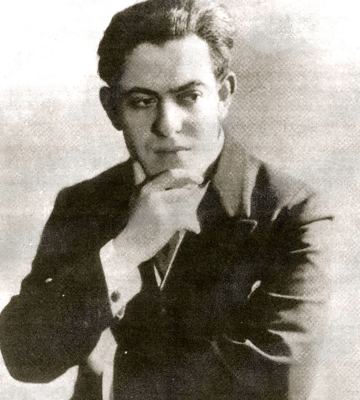Demetrius Constantine Dounis was a great personality in music, forever changing the art of viola playing. Dounis, a concert violinist, mandolinist, conductor, and physician, spent his entire studying and improving the technical elements of performing stringed instruments. His creative method, founded on a thorough grasp of anatomy and physiology, has left an indelible mark on generations of artists.
The Foundations of Dounis’ Methodology
Dounis‘ journey as a musician and instructor was shaped by his meticulous study of the great violin masters of his time. He closely observed the techniques of renowned virtuosos such as Jascha Heifetz, Fritz Kreisler, and Eugene Ysaye, both in private lessons and during live performances. This deep immersion in the practices of the violin greats allowed Dounis to develop a keen sense of intuition, which played a pivotal role in the evolution of his own technical concepts.
Dounis’ medical background also proved instrumental in the development of his teaching methodology. By applying his knowledge of human anatomy and physiology, he was able to establish a solid foundation for his “Expressive Technique,” which aimed to help violinists and violists unlock their full expressive potential without technical limitations.
Dounis’ “Expressive Technique”
At the heart of Dounis‘ approach was the belief that a virtuoso musician should possess not only technical mastery but also the ability to convey profound emotional resonance through their playing. He referred to his methodology as “Expressive Technique,” emphasizing the inseparable connection between technical prowess and artistic expression.
Dounis’ “Expressive Technique” was rooted in a comprehensive understanding of the physical mechanics of playing stringed instruments. He meticulously analyzed the movements and muscle groups involved in various techniques, such as bowing, shifting, and vibrato, and developed exercises and strategies to optimize these actions.
The Specific Technical Exercises Op 25 for Viola
One of Dounis’ most significant contributions to the viola repertoire is his “Specific Technical Exercises Op 25 for Viola.” This collection of etudes and exercises was designed to address the unique technical challenges faced by viola players, offering a systematic approach to developing the necessary skills and techniques.
The Lasting Impact of Dounis’ Teachings
Dounis’ influence on the viola community is undeniable. His “Specific Technical Exercises Op 25 for Viola” have become a staple in the repertoire, with generations of violists incorporating these works into their practice routines. The principles and techniques he developed have been widely adopted and adapted by teachers and performers around the world.
Beyond the technical aspects, Dounis’ emphasis on “Expressive Technique” has also left a lasting impression. He recognized the importance of bridging the gap between technical mastery and artistic expression, inspiring violists to approach their instrument not merely as a means of producing sound, but as a vehicle for emotional communication and musical storytelling.

